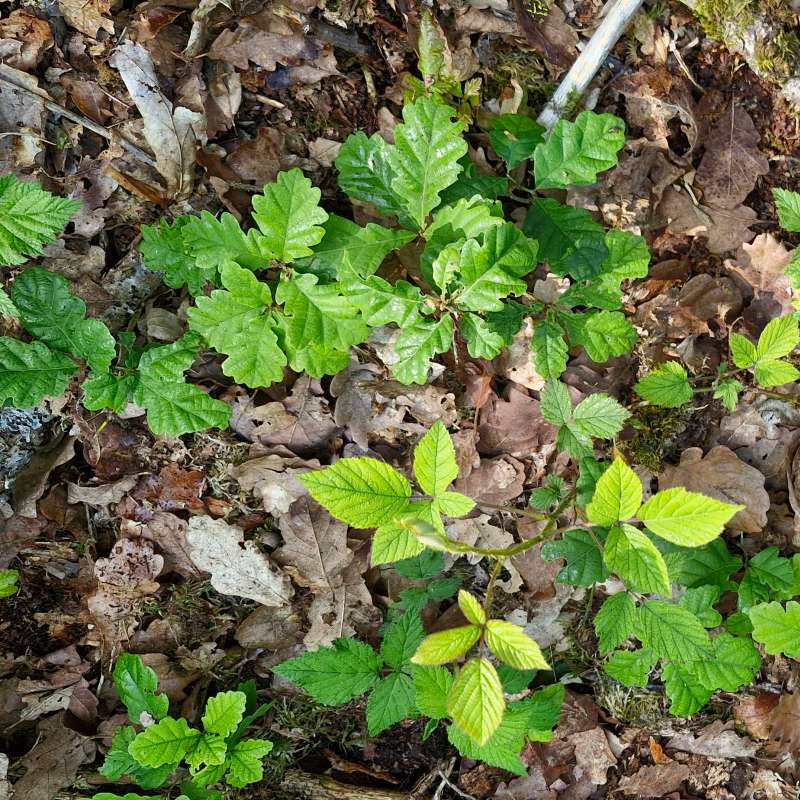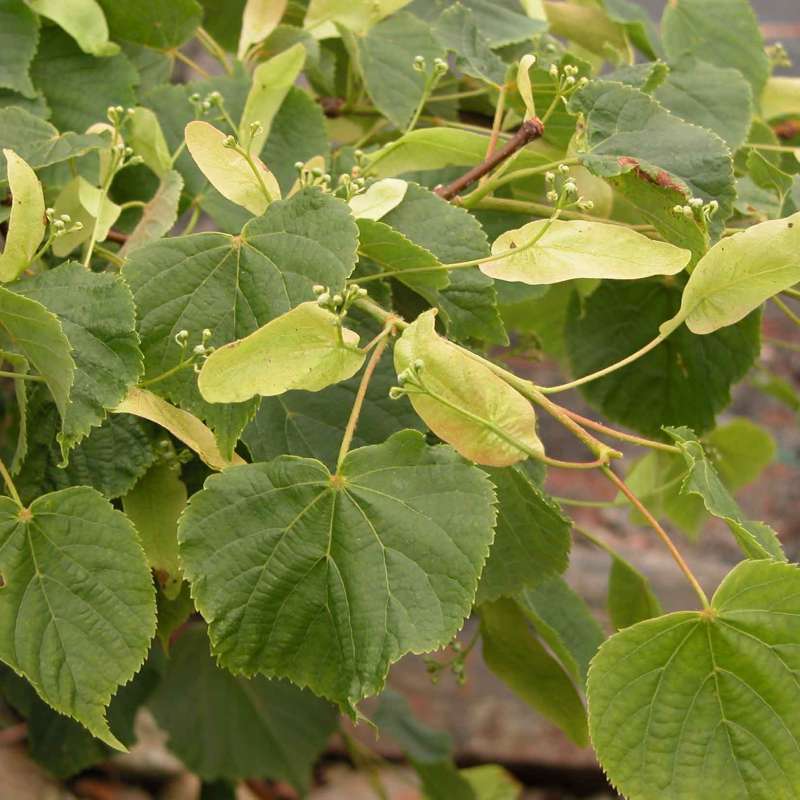Irena Fundova
Forsker
Sammendrag
Det er ikke registrert sammendrag
Sammendrag
Scots pine (Pinus sylvestris L.) is a commercially important forest tree species in many Eurasian countries. Its wood has been commonly utilized for production of construction timber. In Sweden, a breeding program was launched in 1950s to improve Scots pine trees to better suit industrial requirements. The emphasis was mainly put on improving stem volume, vitality, stem straightness and branching characteristics whilst wood quality was neglected. However, since some of the important wood quality traits are negatively correlated with the prioritized volume production, the continuation of such an approach could in a long run lead to irreversible deterioration of wood quality. In our study, we focused on wood quality traits that are relevant for construction timber – wood density, stiffness, strength, grain angle and sawn-board shape stability (crook, bow and twist). We linked wood quality traits nondestructively assessed on standing trees with those measured on sawn boards. We estimated narrow-sense heritabilities, genetic correlations and correlated responses to selection with the aim of identifying reliable techniques for wood quality assessment on standing trees and proposing suitable strategies for incorporating wood quality traits into the breeding program. We have concluded that standing-tree drilling resistance, acoustic velocity and grain angle are good predictors of wood density, wood stiffness & strength, and sawn-board twisting, respectively. Taking into account the long-term development on wood market, we are proposing an inclusion of wood density in the breeding program, in the way that it will be retained at the current levels rather than increased, which would also positively affect wood stiffness and strength. Furthermore, we are suggesting to consider grain angle as a breeding trait although more research is needed to unravel its underlying biological mechanism.
Sammendrag
Forest tree seed orchards are artificial populations of genetically superior individuals that play a crucial role in the production of high-quality seeds for reforestation and afforestation programs worldwide. In the pre-genetic-marker era, seed orchards were assumed to act as closed, panmictic populations with equal reproductive success among parents and with no gene flow from external pollen sources. Meeting these assumptions would ensure that the genetic gain attained by breeding would be efficiently transmitted to the next generation, i.e., into seed orchard crops. Many studies published to date have shown that parental reproductive success may be highly variable and that gene flow from undesired pollen sources, a.k.a. pollen contamination, can be substantial. Since the realized genetic gain can be considerably reduced, it is important to monitor mating patterns in seed orchards and thereby control the genetic quality (gain and diversity) of their crops. With the development of genetic markers, the theoretical assumptions as well as the efficiency of measures proposed to enhance desired crosses and reduce pollen contamination in seed orchards could be verified. First attempts to unravel mating patterns and quantify pollen contamination in seed orchards date back to the late 1970s when allozyme markers were introduced. Allozymes remained in use for over two decades, but due to their low resolution, they were gradually replaced with much more powerful microsatellites (SSRs), which, along with the rapid evolution of various statistical approaches, were capable of providing a much more detailed picture of seed orchards’ mating dynamics through pedigree reconstruction. Recently, SNP arrays that have been (and are being) developed for a number of commercially important forest tree species make it possible to affordably and rapidly screen seed orchard seed lots and evaluate the orchards’ genetic efficiency.

Divisjon for skog og utmark
OakBreed: Motorveien til genetisk forbedret eikefrø
OakBreed-prosjektet har som mål å etablere langsiktig foredling av eik i Norge. Fokus er på to hjemmehørende arter: sommereik (

Divisjon for skog og utmark
OptFORESTS - Harnessing forest genetic diversity for increasing options in the face of environmental and societal challenges
OptFORESTS har som overordnet mål å bidra til bevaring og bruk av skogtregenetiske ressurser i Europa og er en oppfølging av ambisjonen i EUs grønne giv (Green Deal) om å plante 3 milliarder trær i EU innen 2030. Skogplantingen vil øke karbonbindingen og tilføre samfunnet mer trevirke som en sentral del av grønn omstilling. OptFORESTS rolle er å utvikle både skogfaglig og sosiokulturell kunnskap for å kunne ta flere treslag i bruk i skogbruket, bidra til restaurering av skog og øke produksjonskapasiteten i skogplanteskolene i Europa. NIBIO er sammen med 18 andre institusjoner fra 15 land partner i dette prosjektet som går helt til 2027.
